Waterkeeper Movement Milestones
By: Waterkeeper Alliance
1966
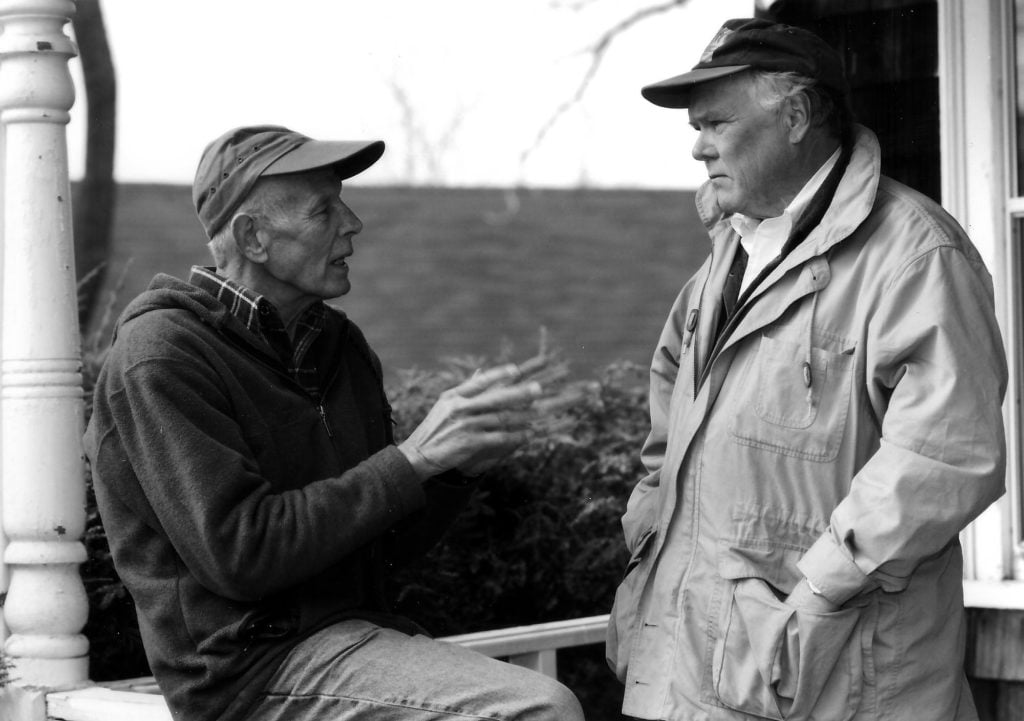
Hudson River Fishermen’s Association is formed (now Hudson Riverkeeper) by Bob Boyle (right) and commercial and recreational fishermen in response to massive pollution from several industrial facilities on the Hudson River that threaten many of their livelihoods.
1970
First Earth Day – 20 million Americans participate in the largest public demonstration in U.S. history. Hudson River Fisherman’s Association President Ritchie Garrett is a featured speaker at Union Square demonstration in New York City.
1971
Hudson River Fishermen’s Association and member Fred Danbeck, a former Anaconda employee, initiate prosecution under the Refuse Act against Anaconda Wire and Cable in Hastings-on-Hudson. The company is fined $200,000, the highest against a polluter in U.S. history.
1981
Storm King case settles after 17 years of litigation. Con Ed agrees to abandon the project and to install fish-saving screens in the cooling water intakes at Indian Point power plant and to contribute $12 million to benefit and study the Hudson.
1983
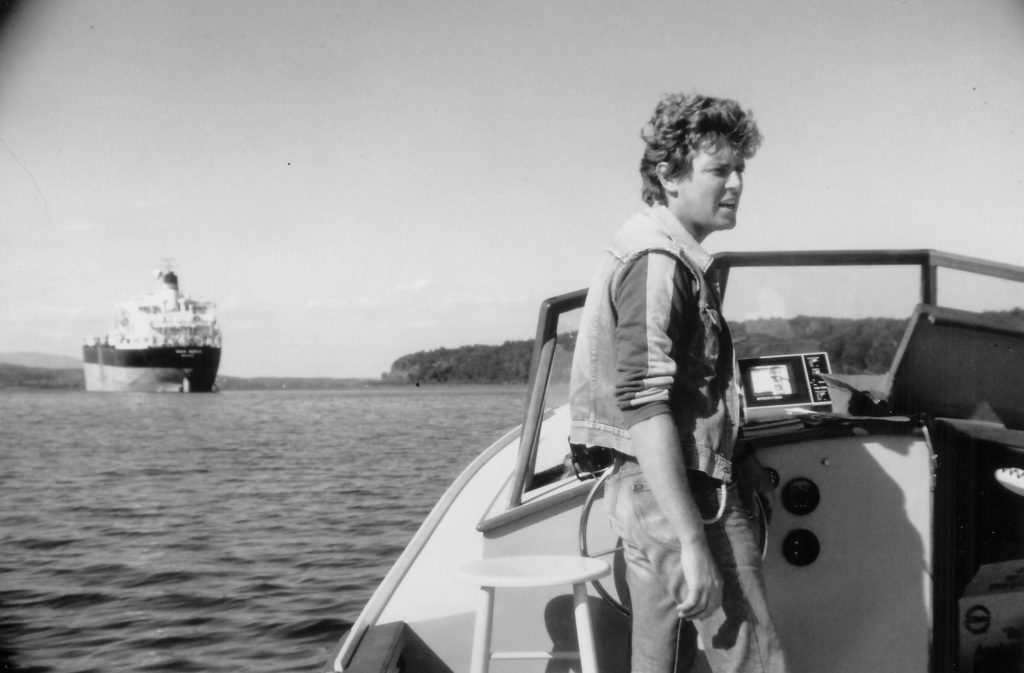
Hudson River Fishermen’s Association hires activist and former commercial fisherman John Cronin as first full-time Riverkeeper and launches a 25-foot wooden outboard to patrol the Hudson for polluters. On his first patrol, Cronin discovers Exxon oil tankers rinsing their holds and stealing water from the Hudson for use in their corporate refinery. Exxon pays $2 million in fines and stops practice.
1984
Robert F. Kennedy, Jr. joins Hudson Riverkeeper.
1987
Pace Environmental Litigation Clinic is established at Pace University Law School to represent primarily Riverkeeper; the clinic becomes the model for many other university law clinics across the country
1988
Hudson Riverkeeper’s successful federal lawsuit establishes that landfill leachate and contaminated rainwater are regulated pollutants under the Clean Water Act.
1989
San Francisco Baykeeper is formed – 3rd Waterkeeper organization.
Hudson Riverkeeper forces New York City to curtail use of algaecides that caused reservoir fish kills.
Casco Baykeeper in Maine and NY/NJ Baykeeper are formed.
1990
Hudson Riverkeeper forces Westchester County to withdraw proposal to close six Hudson River and Long Island Sound parks.
1991
Long Island Soundkeeper federal lawsuit holds that discharges of lead shot into Long Island Sound are a violation of the Federal Resource Conservation and Recovery Act.
Hudson Riverkeeper forces New York City to cease unpermitted operations of Chelsea pump station to withdraw Hudson River water to supplement its water supply.
1992
Hudson Riverkeeper halts expansion of a waste transfer station in a low- and middle income African-American neighborhood in Ossining, New York.
1993
Puget Soundkeeper settles a Clean Water Act case with the city of Bremerton, WA, requiring the implementation of upgrades to the city’s sewage system and combined- sewer-overflow control system. In accordance with the Consent Decree, the upgrades are completed in 2011 at a cost of $50 million.
Neuse Riverkeeper is formed in New Bern, North Carolina.
Federal District Court holds in Hudson Riverkeeper lawsuit that Lovett Generating Station, on the west shore of the Hudson River at Tompkins Cove, must implement “Best Technology Available” to minimize adverse environmental effects such as the impingement and entrainment of fish and shellfish at all life stages.
1994
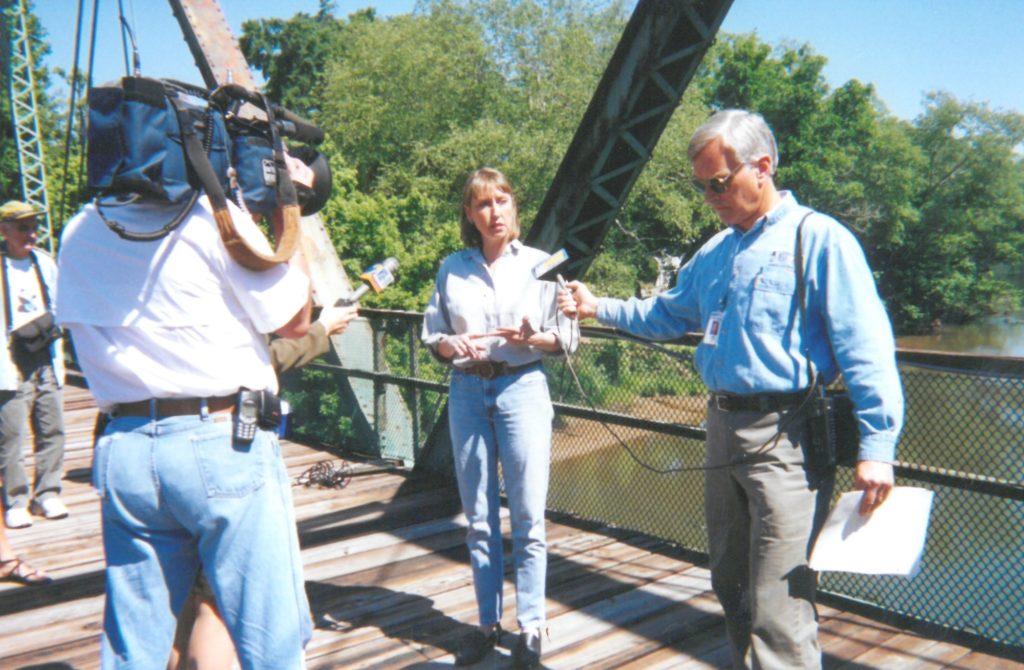
Santa Monica Baykeeper (later L.A. Waterkeeper) presides over a landmark settlement against CalTrans requiring stormwater controls along roadways throughout Southern California to reduce pollution from heavy metals such as copper and zinc.
Neuse Riverkeeper sues the Town of Cary, N.C., leading to 11 major dischargers removing their river outfalls and all others, including Cary, upgrading to superior technologies. As a result of this action, and other state and federal lawsuits filed by the Neuse Riverkeeper, more than $200,000,000 is allocated to reduce nutrient loading in the Neuse River watershed over the next seven years.
Chattahoochee Riverkeeper is formed in Atlanta, Georgia.
1996
Long Island Soundkeeper case establishes legal precedent that trap- and skeet-shooting ranges are pollution “point sources” and that spent shot and targets are “pollutants” within the jurisdiction of the Clean Water Act.
1997
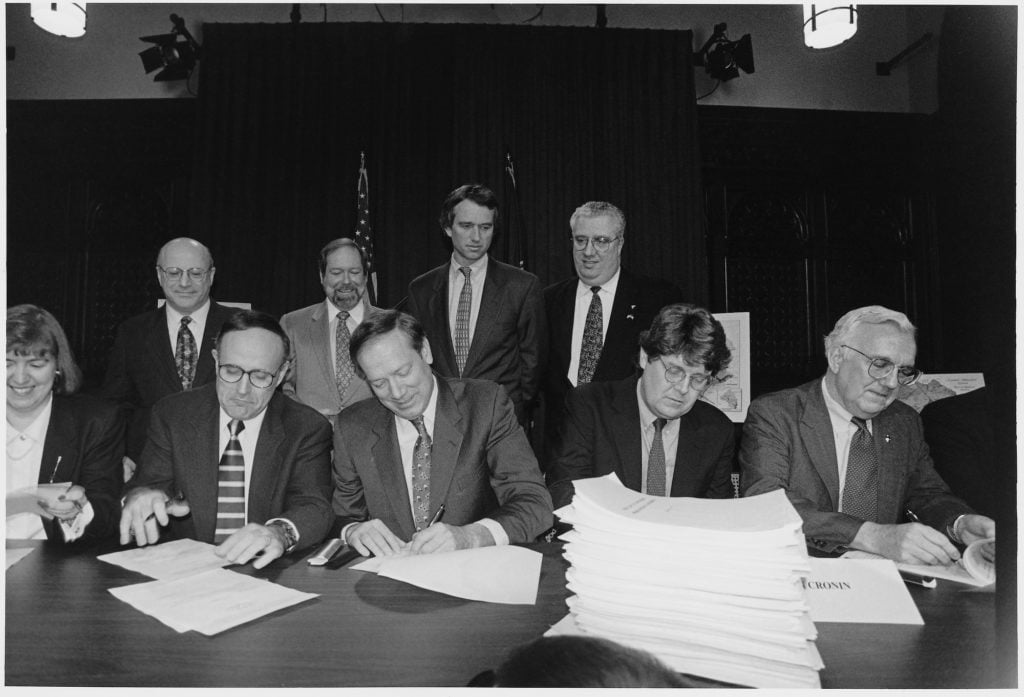
Following two years of intensive negotiations, 35 upstate communities, the U.S. EPA, New York State and environmentalists sign the historic Watershed Agreement, which guarantees that New York City can protect its water supply from pollution. The agreement requires the city to increase its environmental expenditures in the watershed by over $1.5 billion. In exchange, upstate communities agree to allow the city to exercise greater control over development.
The Riverkeepers by Robert F. Kennedy, Jr. and John Cronin is published.
Peconic Baykeeper is formed on Long Island’s East End.
1998
Chattahoochee Riverkeeper wins a $1 billion lawsuit against the City of Atlanta and sets a national precedent on requirements to improve sewage infrastructure, thereby reducing millions of gallons of raw sewage spills during rainstorms.
1999
Waterkeeper Alliance is established, and today comprises 275 Waterkeeper organizations and affiliates on six continents
2000
Waterkeeper Alliance and Neuse Riverkeeper take leadership roles in the movement to return sustainability to America’s farmlands by fighting in court against the massive pollution caused by industrial meat production.
2001
Peconic Baykeeper identifies the presence of toxic batteries at several sites on Peconic Bay’s bottom, previously discarded by the U.S. Coast Guard. This investigation leads to a Coast Guard cleanup, and a commitment to remediate any other similar dumpsites found in area waters.
Hudson Riverkeeper provides FBI and EPA criminal investigations with information about New York City DEP’s mishandling of mercury in the New York City water supply system. The information leads to guilty pleas for felony violation of the Clean Water Act and misdemeanor violation of the Toxic Substances Control Act. City gets fined and seven years of probation.
Milwaukee Riverkeeper sues the Milwaukee Metropolitan Sewage District for sanitary sewer overflows and forces the state to require over $900 million in improvements.
2003
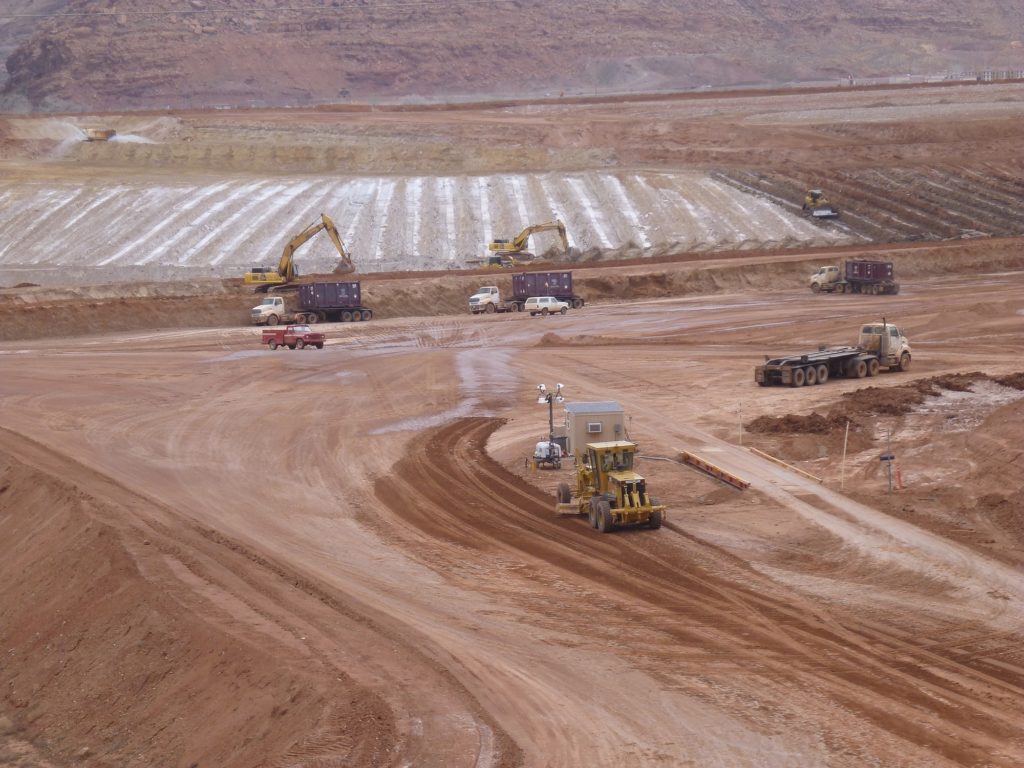
Waterkeeper Alliance pressures the U.S. Navy through legal actions and civil disobedience to cease highly polluting bombing practices off the Caribbean island of Vieques.
Hudson Riverkeeper wins $5.7 million penalty levied against the City of New York for discharging highly turbid water from the Shandaken Tunnel into the Esopus Creek (a world renowned trout stream) in the Catskills without a required Clean Water Act permit – largest penalty against a municipality for violating the Clean Water Act.
Waterkeeper Alliance becomes a founding partner of New York Harbor School where students participate in the Billion Oyster Project, leading New York City’s effort to restore this keystone species to New York Harbor.
Alabama’s Black Warrior Riverkeeper sues Sloss Industries Corporation for industrial water pollution of Five Mile Creek, a tributary of the Black Warrior River’s Locust Fork in Birmingham. Sloss settles and agrees to pay $2 million.
Using a citizen-science program, Colorado Riverkeeper provides compelling physical evidence that results in the U.S. Department of Energy having to remove the 2nd largest uranium waste pile in the United States from the Colorado River’s floodplain.
Orange County Coastkeeper secures $237.2 million, which is used to help local agencies and cities clean up highway and street runoff to meet Clean Water Act standards.
A San Diego Coastkeeper lawsuit results in the City of San Diego investing $1 billion in infrastructure upgrades, which reduce sewage spills by 90 percent.
2006
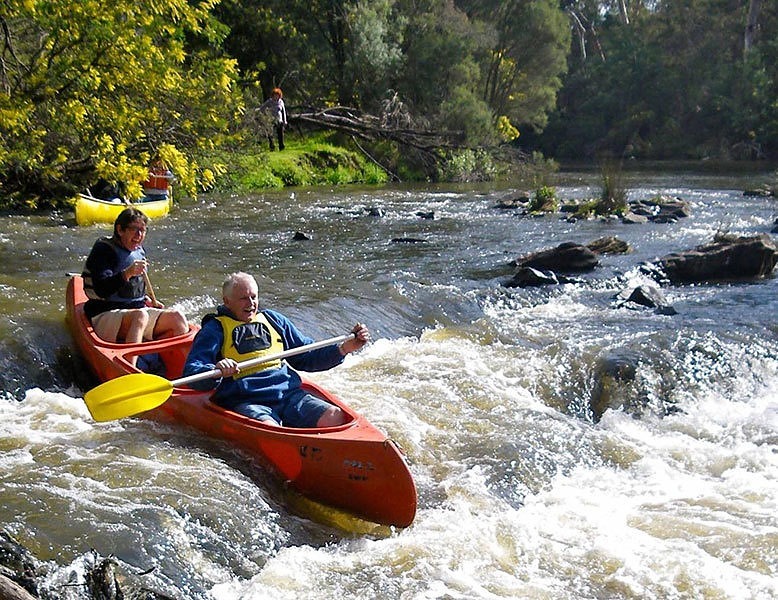
Australia’s Yarra Riverkeeper is instrumental in the state government’s decision to cap the amount of water extracted from the Yarra River.
Lower Susquehanna Riverkeeper stops thermal pollution from a coal-fired power plant. Pressure and Notice of Intent to sue on over 1,350 violations of temperature standards in the Susquehanna River by Pennsylvania Power and Light’s Brunner Island Coal to Energy Facility leads to $125 million in water-quality improvements.
2007
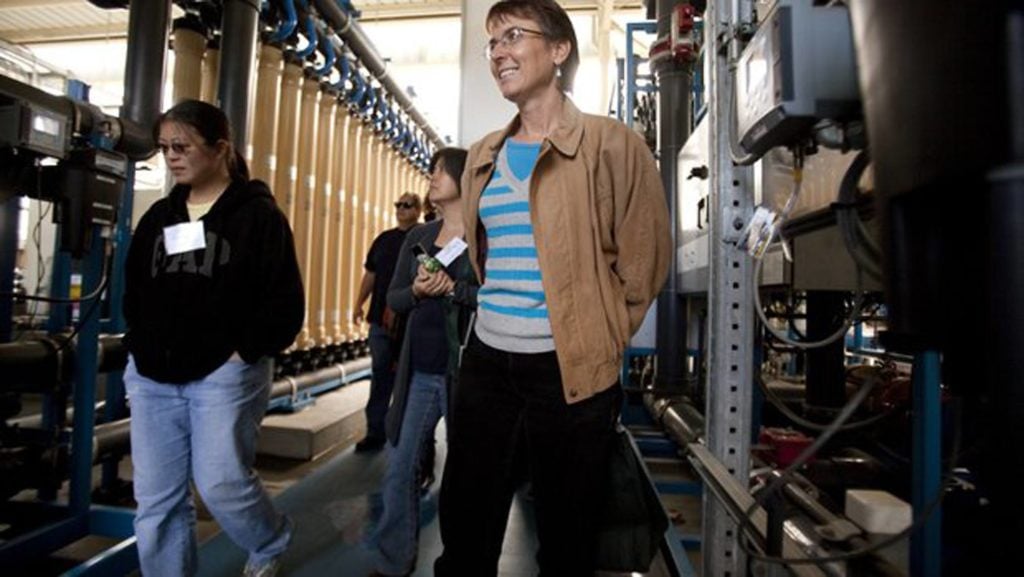
San Diego Coastkeeper compels the City of San Diego to invest $14 million in a demonstration project to prove the viability of reclaiming wastewater to augment local drinking water supplies. In 2014, the city approves a plan to move forward with full implementation of potable reuse, ending the city’s reliance on importing 90% of its water from hundreds of miles away.
Casco Baykeeper’s advocacy efforts result in the Portland City Council committing $61 million to construction projects to stem the flow of raw sewage, industrial wastes and stormwater into Casco Bay. In 2013 the Portland City Council commits another $179 million to sewer-overflow remediation projects.
In the wake of the Cosco Busan oil spill that releases 53,000 gallons of fuel into San Francisco Bay, San Francisco Baykeeper helps write and successfully advocates for the passage of eight state bills that improve oil-spill prevention and response along the California coast.
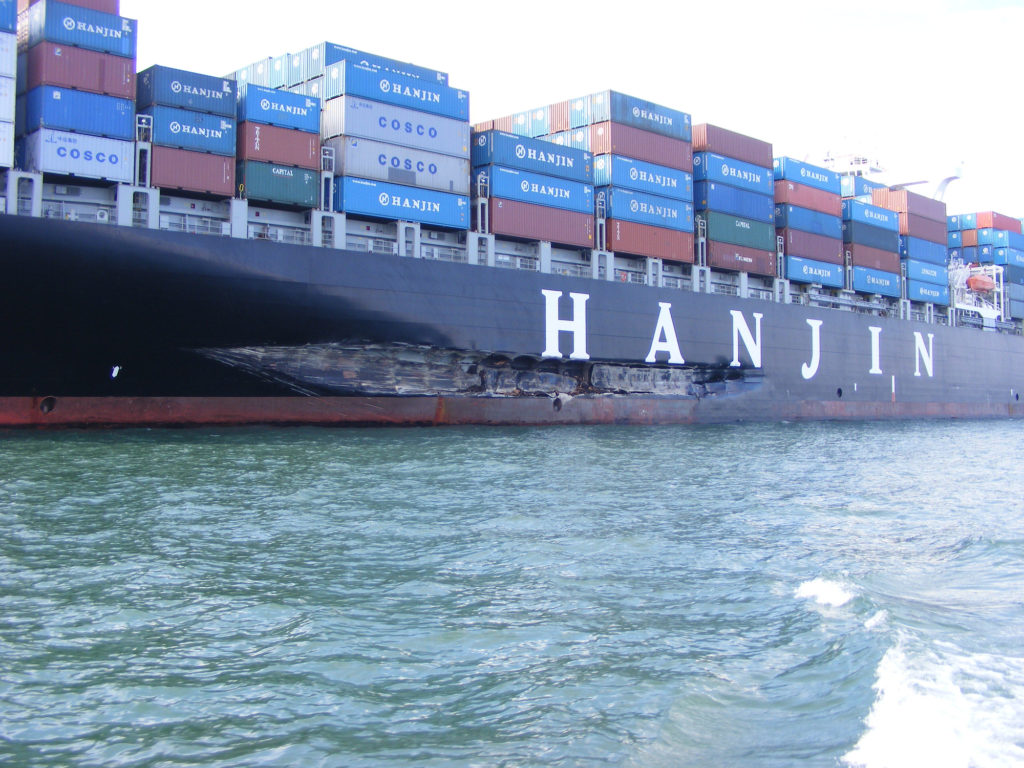
2009
Cartagena Baykeeper in Colombia files the first class action lawsuit against the City of Cartagena for improper and insufficient waste management.
After Riverkeeper’s 30-year fight, General Electric finally agrees to finish historic cleanup of highly toxic PCBs deposited by GE’s Fort Edward and Hudson Falls plants into the Hudson River. Riverkeeper and partner organizations continue to closely monitor the cleanup.
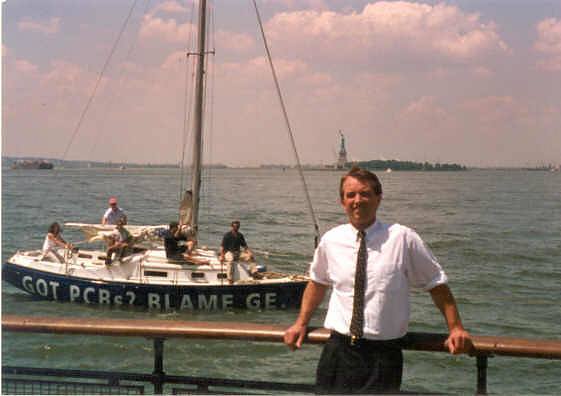
Lake Erie Waterkeeper helps facilitate the application of the most stringent mercury limits for a coke plant in the United States.
Milwaukee Riverkeeper’s investigation of the Kinnickinnic River results in the river being named one of the nation’s most endangered, leading to a $22 million cleanup that removed 170,000 cubic yards of PCB-contaminated sediment from the river.
2010
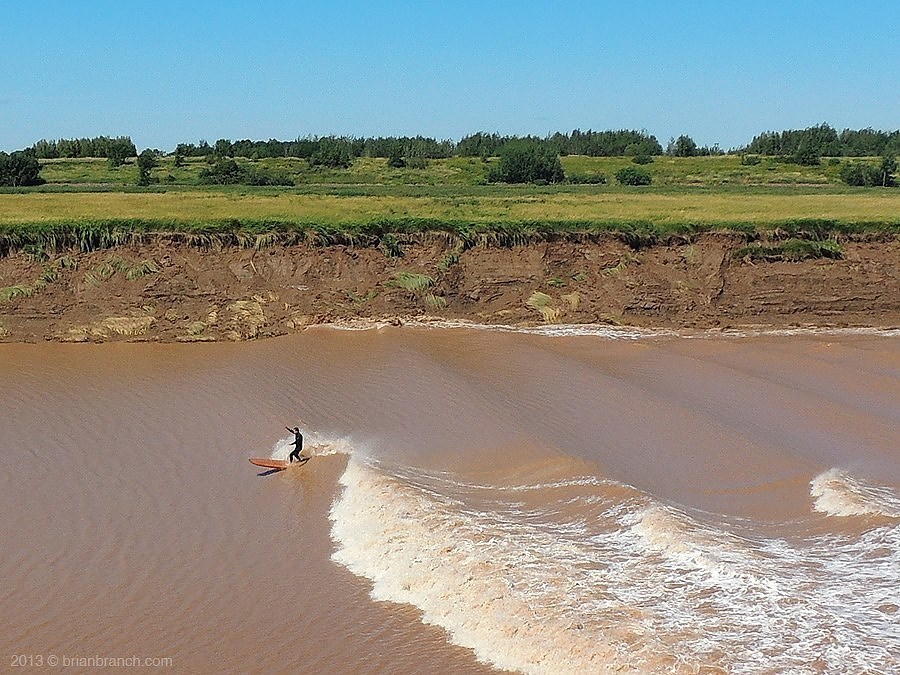
Petitcodiac Riverkeeper in New Brunswick, Canada, wins a 40-year battle to open causeway gates on the Petitcodiac River and begin the biggest fish-passage restoration project in Canadian history.
San Francisco Baykeeper successfully reaches a settlement agreement with the federal government for the cleanup and removal of 57 decaying surplus military ships that had poisoned an inlet of San Francisco Bay with more than 20 tons of toxic metals over 40 years.
Rogue Riverkeeper successfully intervenes in court to force the removal of the Gold Ray dam on the Rogue River. The removal of the dam opens up miles of new mainstream salmon habitat.
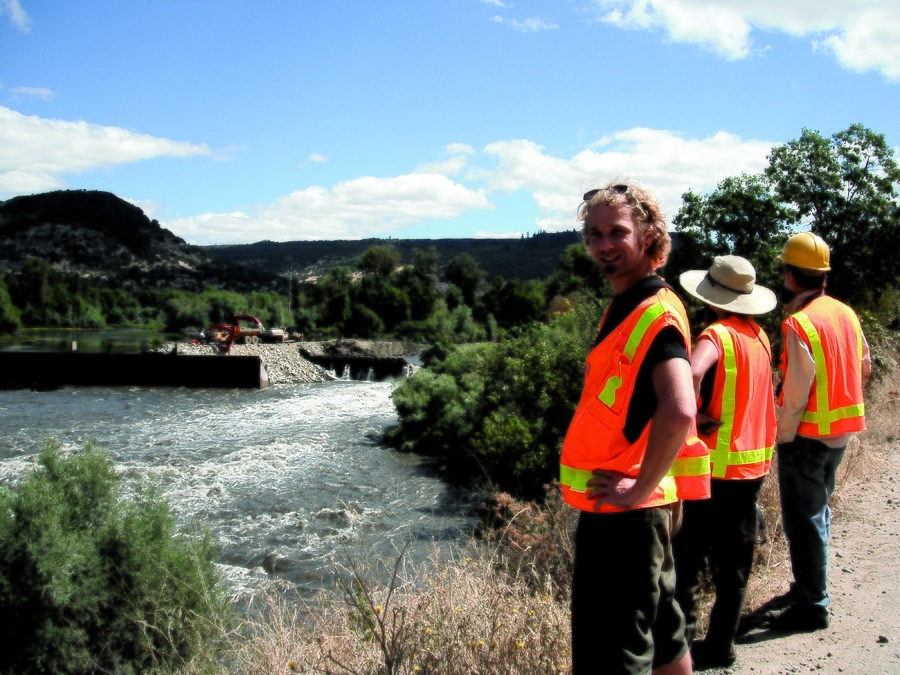
Big Blackfoot Riverkeeper wins a landmark court decision stopping Exxon Mobil from using the Blackfoot Valley as a transportation corridor for massive shipments of oil-field equipment destined for Alberta, Canada’s highly polluting tar sands oil fields.
San Diego Coastkeeper succeeds in its fight to create “underwater state parks” that prohibit or limit fishing to preserve the coastal ecosystem when the California Fish and Game Commission votes to create Marine Protected Areas along the California coast between the Point Conception lighthouse in Santa Barbara County and the Mexican border.
2011
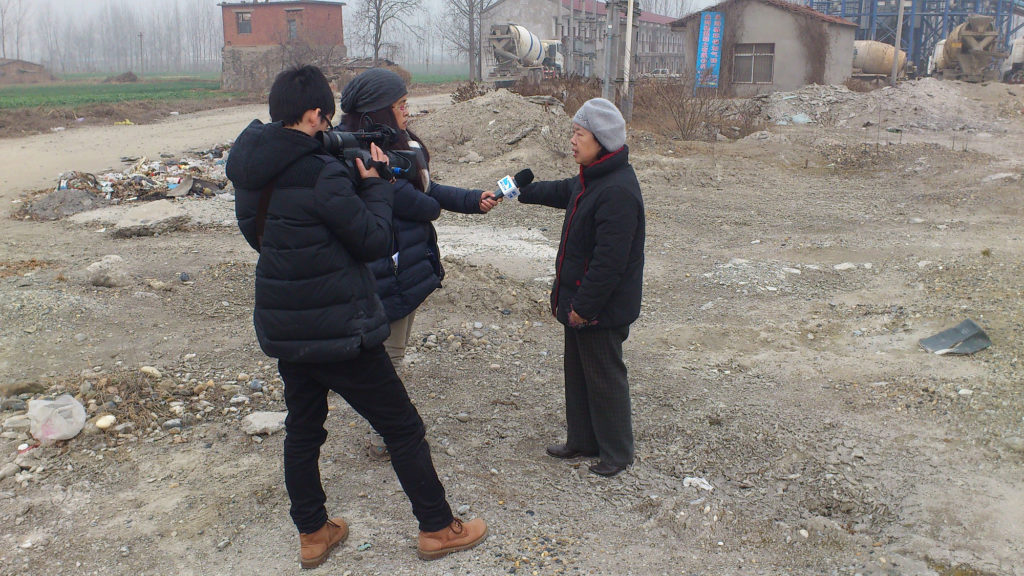
China’s Middle Han Waterkeeper is responsible for closing several facilities that pose a serious environmental threat to the Middle Han River, including a concrete mixing plant and an industrial poultry facility.
San Diego Coastkeeper volunteers identify a 1.9 million- gallon sewage spill in Los Peñasquitos Lagoon, resulting in a $12-million infrastructure investment by the City of San Diego to prevent future spills.
Puget Soundkeeper settles a case with BNSF Railway to address toxic stormwater discharges from the Balmer Yard rail facility in Seattle. Under the Consent Decree, BNSF implements stormwater improvements at the yard to address toxic discharges of heavy metals and petroleum and pays $1.5 million for a new Puget Sound Stewardship and Mitigation Fund.
Lower Susquehanna Riverkeeper stops a new hydro-electric pumped storage facility from being built. This facility would have permanently covered 1700 acres of York County, PA, including over 300 acres of prime agricultural lands, and 27 farm and homesteads. In addition, this project would have destroyed one of the most beautiful and naturally preserved valleys of the lower Susquehanna region, Cuff’s Run gorge.
Lake Erie Waterkeeper helps facilitate the closing of three of the four units at the Bayshore power plant.
2012
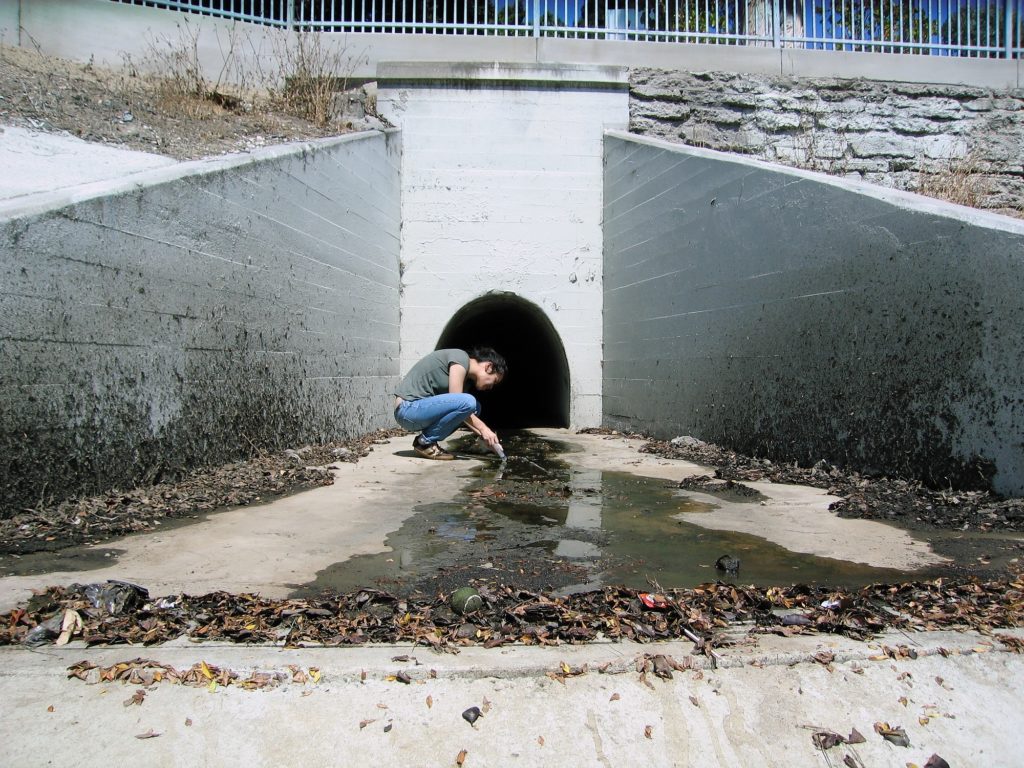
L.A. Waterkeeper presides over settlement with City of Malibu to address stormwater pollution. The City of Malibu is required to meet stormwater water-quality standards at several of the region’s most popular beaches, significantly reducing bacteria levels and other public health effects on surfers and swimmers.
Catawba Riverkeeper files a lawsuit against South Carolina Electric & Gas, and they agree to clean up a leaking coal ash pond at the Wateree Steam Station. This lawsuit establishes the precedent that unpermitted seepage of coal ash waste from unlined coal ash ponds violates the law and requires the cleanup of the ash pond.
Middle Han Waterkeeper’s pollution reduction project prevents 40 million gallons of wastewater and 30 tons of toxic sludge from entering the Han River.
San Diego Coastkeeper succeeds in its lengthy campaign to get the San Diego Regional Water Quality Control Board to order the local shipbuilding industries and the United States Navy, San Diego Gas & Electric, and the San Diego Unified Port District to clean up decades of soil pollution collected on the bottom of the bay.
2013
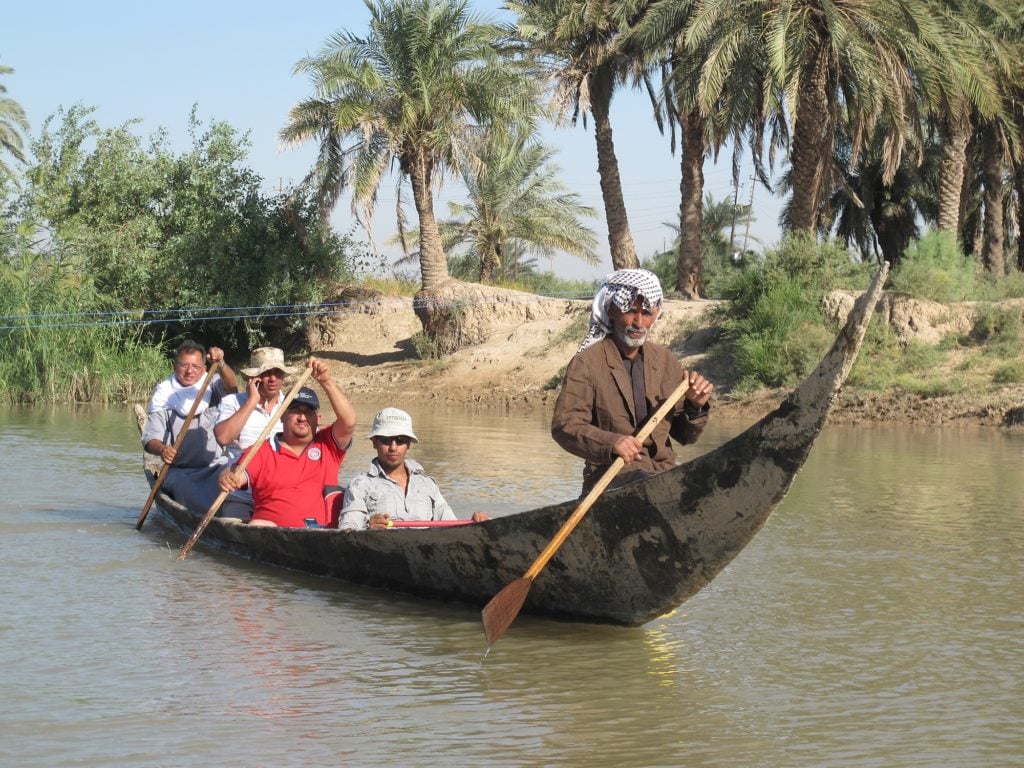
Yadkin Riverkeeper prevails in legal case against Alcoa when the state revokes Alcoa’s 401 Water Quality Certification, detailing Alcoa’s intentions to withhold information in its 401 Application. This is a major victory in the fight to defeat Alcoa’s efforts to privatize the Yadkin River and other local waterways.
Georgia’s Coosa Riverkeeper forces the removal of Goodwin’s Mill Dam from Big Canoe Creek to set the creek free for the first time in 130 years. Goodwin’s Mill Dam was the only impoundment on the richly biodiverse Big Canoe Creek. With its removal, fish, mussel and snails have restored habitat and no barriers to migration.
Idaho’s Lake Pend Oreille Waterkeeper convinces the Sandpoint City Council to adopt resolutions opposing increases in coal-train traffic that would result from proposed export terminals in Washington and Oregon. The city recognized the potential negative impacts of coal transport on the water quality of Lake Pend Oreille since the rail route runs adjacent to and over a significant portion of the lake.
Waterkeepers Iraq conducts a major expedition down the Tigris River, starting in southeastern Turkey and traveling through Iraq, using traditional boats and vessels to document and bring awareness to the myriad threats facing the Tigris. During the expedition, extensive waterquality data is collected and analyzed for the first time.
San Diego Coastkeeper lawsuit pressures Camp Pendelton to increase its sewer infrastructure maintenance to reduce the occurrence of sewage spills to less than 10 spills per year by 2017 and to notify Coastkeeper of any spills greater than 50,000 gallons and any spills that trigger beach closures.
2014
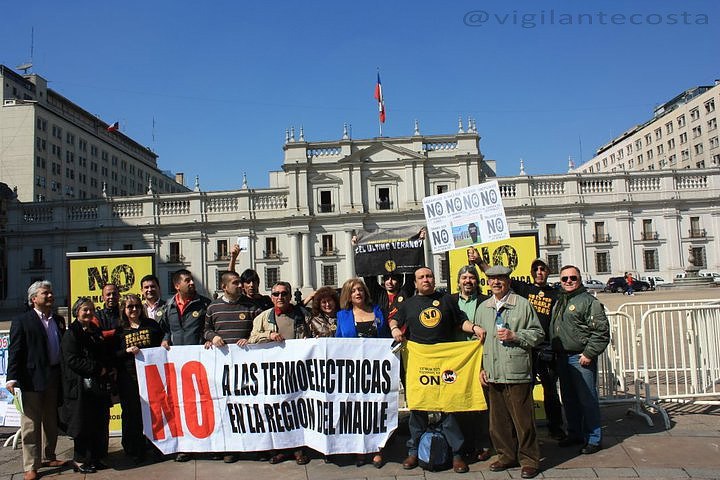
Chile’s Maule Itata Coastkeeper successfully leads the opposition against construction of the Los Robles coal plant on Chile’s Maule coast.
L.A. Waterkeeper wins lawsuit declaring L.A. County and County Flood Control District responsible for cleaning up the Los Angeles and San Gabriel rivers.
Chile’s Futaleufú Riverkeeper is credited with defeating multinational corporation Endesa’s attempts to build three dams on the Futaleufú River.
2015
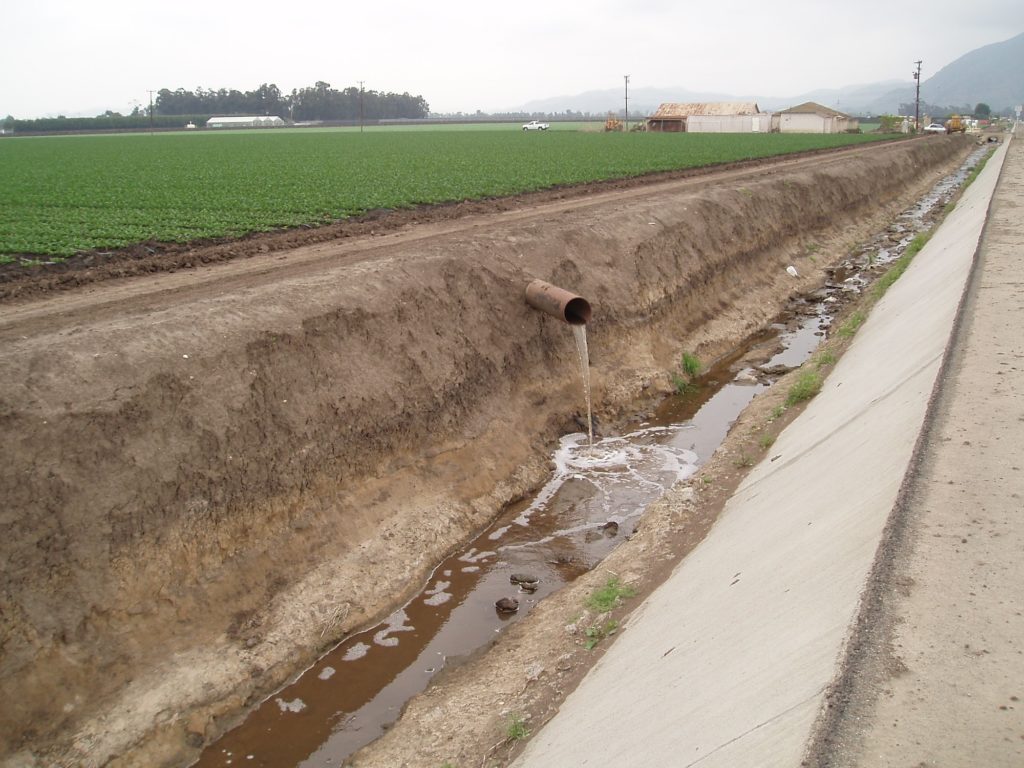
Legal action by Chattahoochee Riverkeeper results in U.S. District Court levying a $10 million penalty against American Sealcoat Manufacturing for unlawful discharge of toxic pollutants into the Chattahoochee River.
Santa Barbara Channelkeeper wins court battle when Superior Court Judge Timothy Frawley orders the State and Central Coast Regional Water Quality Control Board to create new rules to protect human health and the environment, surface water and groundwater from agricultural pollution.
Hudson Riverkeeper and Waterkeeper Alliance stop an attempted raid by New York State of nearly $500 million in Clean Water State Revolving Funds, intended to help communities upgrade sewage and other water infrastructure, to finance the replacement of the Hudson River’s Tappan Zee Bridge.
From July to September 2015, Waterkeepers from across the U.S. document potential deficiencies of 250 railway bridges in 15 states along known and potential routes of explosive oil trains resulting in Waterkeeper Alliance releasing an investigative report exposing the condition of U.S. rail infrastructure and how it is being stressed by oil train traffic.